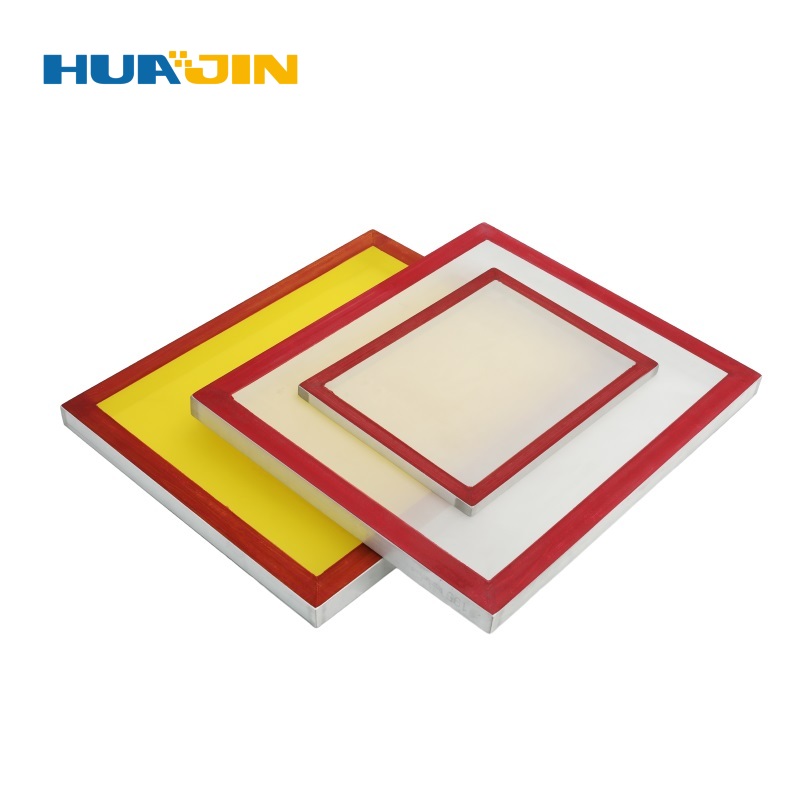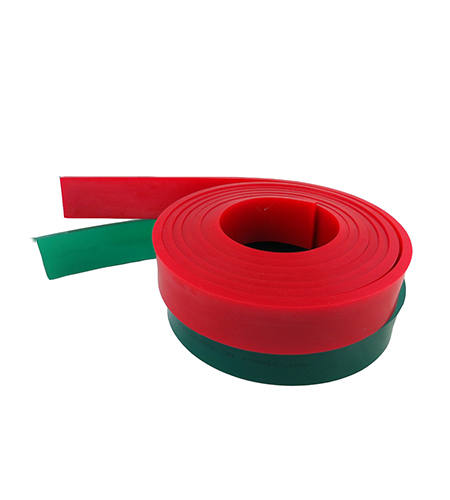In order for the Mesh to function normally, attention should also be paid to cleaning up the dirt in the ink or on the substrate. Due to electrostatic adsorption of pollutants in the air and poor storage conditions, the surface of the substrate will be stained with dirt. The above problems can be solved by improving storage conditions and process control. In addition, the use of static eliminators and substrate decontamination devices can also be used. Prevent the transfer of dust and dirt from the surface of the substrate to the Mesh.
What should I do if the stencil is contaminated? When using a flat screen printer, stop the printer after printing a set of sheets, and then input a piece of blotting paper so that the screen is in contact with the blotting paper .
Keep the screen in the printing position, and then use a non-abrasive soft cloth dipped in screen cleaner to wipe off the dirt on the scraping surface of the stencil. Do not use too much force, so that the dirt will fall through the Mesh On the absorbent paper below, if necessary, use another absorbent paper to repeatedly clean the Mesh. Some of the dirt particles falling on the top may be too large to pass through the Mesh, but they can be stuck with a soft cloth. After cleaning, you can use a hair dryer (set to "cold air") to dry the template.
The main cause of stencil contamination is improper ink control, which causes dry ink to remain in the Mesh.  When using solvent-based inks or water-based inks, the reason is that the ink is thin or too thick. Additives should be mixed in the prescribed amount when adjusting the ink. In addition, some pre-adjusted inks are often added in small amounts in printing production to keep the state of the inks unchanged. When using UV-curable inks, you should try to avoid the screen from being irradiated by UV lamps, and also avoid sunlight.
When using solvent-based inks or water-based inks, the reason is that the ink is thin or too thick. Additives should be mixed in the prescribed amount when adjusting the ink. In addition, some pre-adjusted inks are often added in small amounts in printing production to keep the state of the inks unchanged. When using UV-curable inks, you should try to avoid the screen from being irradiated by UV lamps, and also avoid sunlight.
Another ink control problem is related to improper printing speed control. Improper adjustment of the speed of the automatic or manual printing press will result in uneven supply, which will quickly dry out the Mesh with insufficient ink.
The last cause of ink drying is improper squeegee adjustment or wear. When printing fine-grained images with high screen counts, a squeegee with a sharp squeegee edge is required, and the horizontal line angle is about 75 degrees. Because the squeegee will be deformed or worn during normal use, the image clarity around the periphery will decrease, which indicates that the ink may not pass through the Mesh normally. If this problem is not solved in time, the ink will Dry and solid in the Mesh. In order to avoid the above-mentioned problems, the squeegee should be turned over regularly to extend the service life of the squeegee, or it should be replaced with a new squeegee before the quality of graphic printing has not deteriorated.



